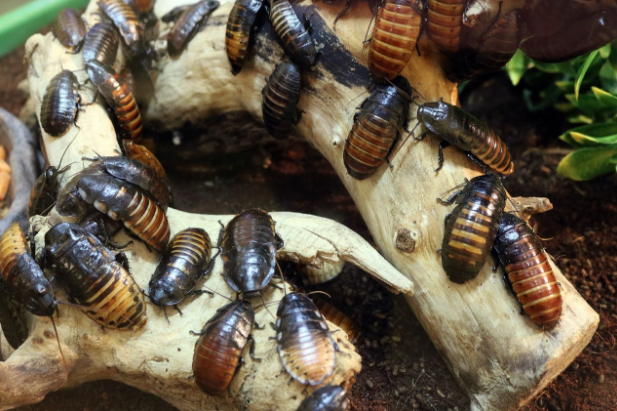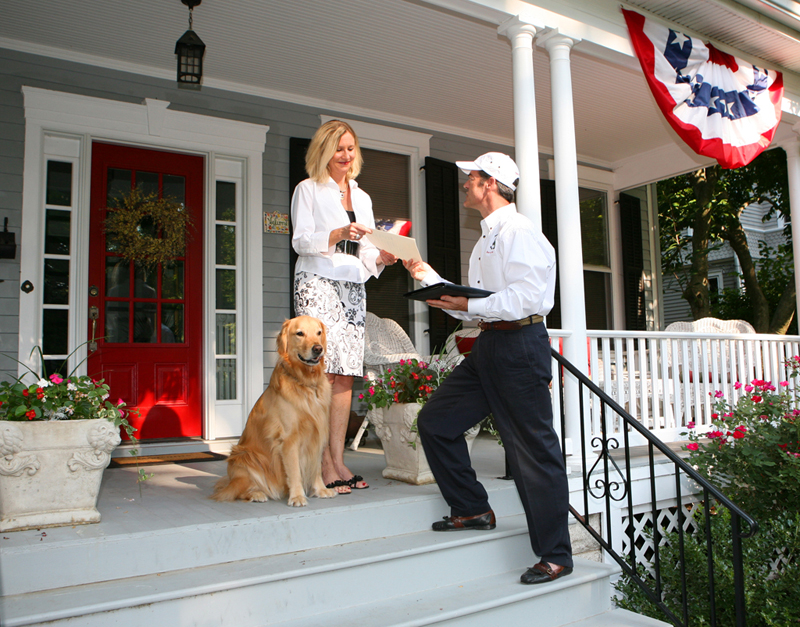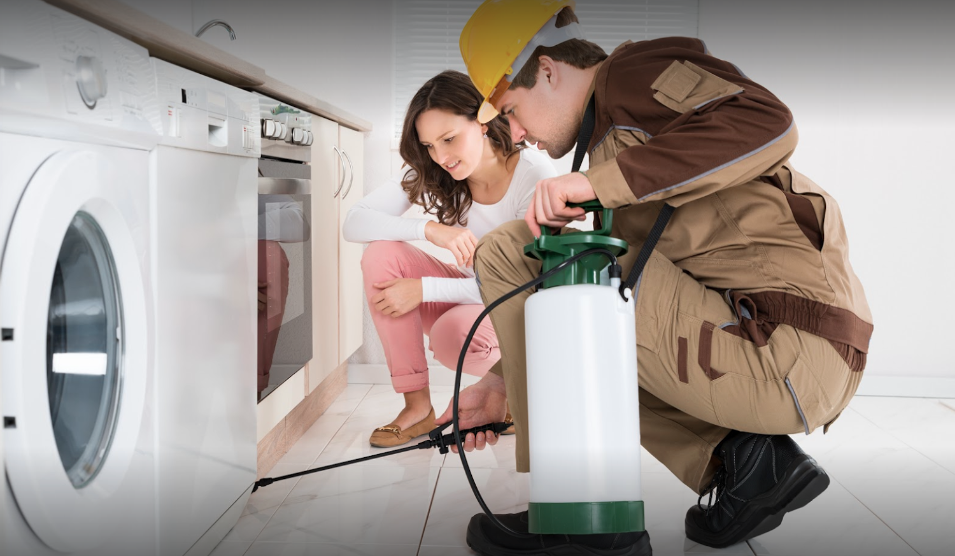4 Ways to Spot a Pest Problem When House Hunting

Spot a pest problem before purchasing your next home!

House hunting is stressful enough without the added disappointment of finding that your ideal home has a very un-ideal pest infestation. Sometimes, the true extent of a pest or rodent problem in home is masked under temporary solutions, such as glue traps or other DIY remedies. In those cases, you will only learn the true scope of the problem after you have already signed the paperwork.
Fortunately, there are steps you can take to protect your family, your time, and your money during the home buying process. Knowing what to look for when you are on the market to buy a home is key to being taken for a ride and having your precious time wasted.
The Outside
The roof, the roof, the roof is on fire! Okay, not quite. But that roof has a story to tell, if you know where to look, and the vegetation surrounding your potential home does, too! Hornets and wasps build their colonies in trees and anywhere cozy in the eaves of your roof. This is no small problem: thousands of wasps can live within one nest. Keep an eye out for the cavernous nests that they build in all outdoor structures and tall vegetation.
In that same vein, look around the spaces where your yard meets your home. Look for signs of nesting associated with rodents. For smaller rodents, this will be harder to spot. You want to take care to inspect the area carefully, because preventing a rodent infestation around your home is key to prevent it from spreading into the structure of your house. But the nests of raccoons will likely be easier to spot. Raccoons will make their nests out of anything shreddable and buildable, like paper or trash.
For more insidious invasions of tinier bugs that may be harder to spot, examine the lawn or any garden beds around the home. The quality of the plants and soil should be readily apparent on close inspection. Look for excessive bite marks or signs of gnawing.

The Attic or Crawlspace
The attic will be a hotbed of any pest activity, so pay special attention to the nooks and crannies of any attics or crawlspaces in the home you are viewing. Look for gnaw marks on the structure of the house and dropping in any corners. Better yet, give the nooks and crannies of your home a good sniff. Rodents like mice and rats give off potent urine smells. You will likely smell them before you see them.
To spot the potential for any future infestations, look to the treeline around the house. “Any heavy foliage or plants should be a few inches away from the perimeter of the home,” says Critter Control, a service for raccoon removal in Houston, Texas. Proper landscaping is the first step of preventing an outdoor pest problem from spreading into the home.

Remember: Dark, Damp, or Warm
When you are on the lookout for invasive pests, you will want to do a thorough sweep of the darkest, dampest, and warmest nooks of the house. Sometimes these places meet only one or two of the three criteria, but they are still important to cross of your list.
Bugs, rodents, and other unsavory visitors will gravitate towards warm environments, so water heaters and other undertraveled but well heated areas of the home should be inspected. Look for little specks of black or brown particles, which could be the droppings of pests.

Know Your Traps
When you are perusing an open house, it is easy to get distracted by a charismatic seller or real estate agent. But you should keep your wits about you and know what, exactly, you are on the lookout for. Knowing what traps look like and what they are aiming to kill or prevent before you enter a home will help you make sense of what you are seeing without a harried google search on the fly.
Feel free to open kitchen cabinets and kneel down to get a better look at the far edges of closet floors. If you see a trap or a pattern of traps that trouble you, raise your concerns with the seller if you are interested in the home. Inquire about the nature of the scope of the problem, and show them that you are readily armed with the knowledge of the traps so they can’t pull a fast one.
Conclusion
Everyone has likely experienced a pet problem at some point in their life. There is no need to completely write off your ideal home because of one wasp, but you definitely want to make an informed decision. You don’t need to be reminded that buying a new home is a huge commitment, so it is important to be vigilant and knowledgeable about the risk factors and potential signs surrounding pest infestations in homes. Happy hunting, and good luck!







Leave a Comment